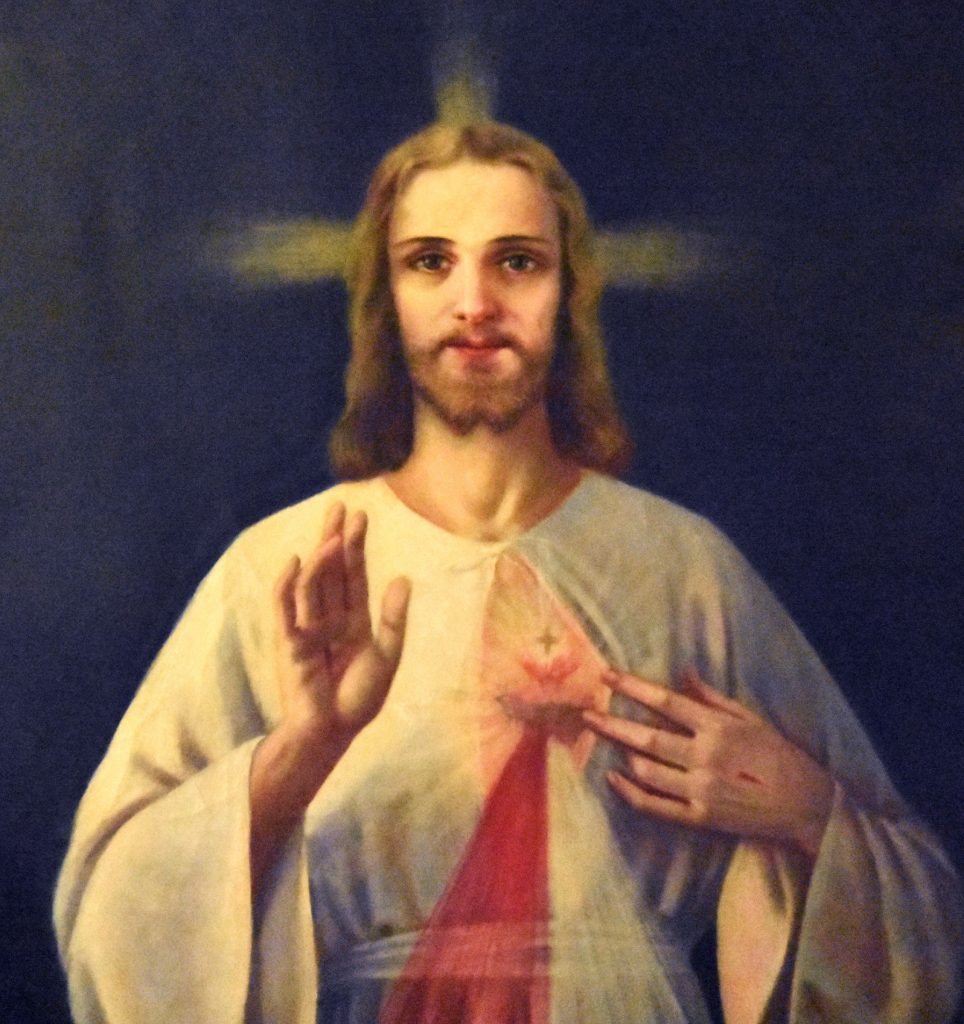
Each year, on the Second Sunday of Easter, the Church celebrates the Sunday of Divine Mercy.
Mankind’s need for the message of Divine Mercy took on dire urgency in the 20th century, when civilization began again to lose the understanding of the sanctity and inherent dignity of every human life.
In the 1930s, Jesus chose a humble Polish nun, Saint Maria Faustina Kowalska, to receive private revelations concerning His Divine Mercy that were recorded in her Diary.
Saint Faustina’s Diary records 14 occasions when Jesus requested that a Feast of Mercy be observed.
On May 5, 2000, five days after the canonization of Saint Faustina, the Vatican decreed that the Second Sunday of Easter would henceforth be known as the Sunday of Divine Mercy.
Divine Mercy Sunday focuses on the gift of mercy and love given through Christ’s death, burial, and resurrection. As Pope John Paul II stated, “Divine Mercy reaches human beings through the heart of Christ crucified.”
